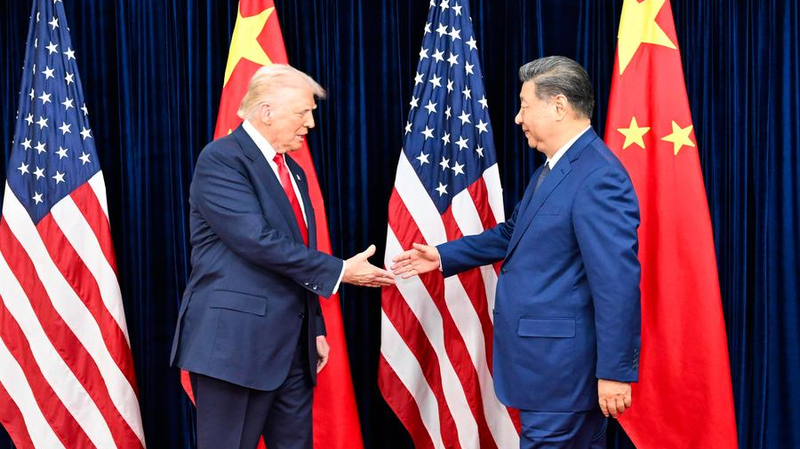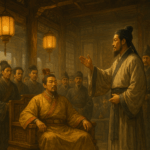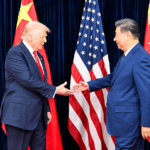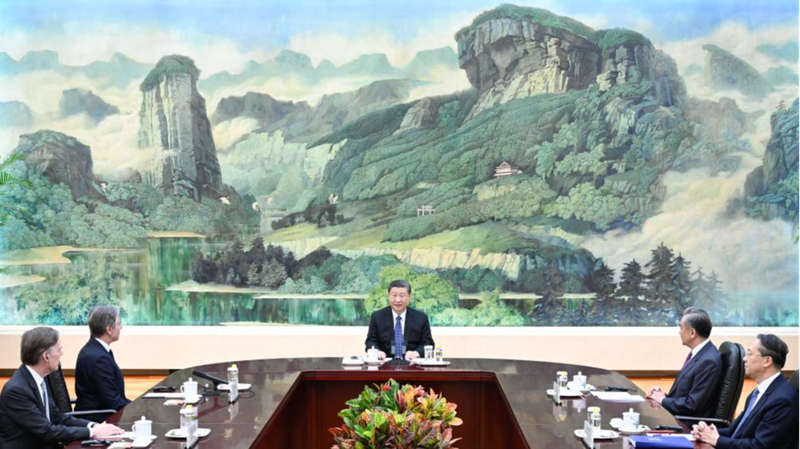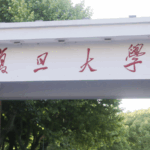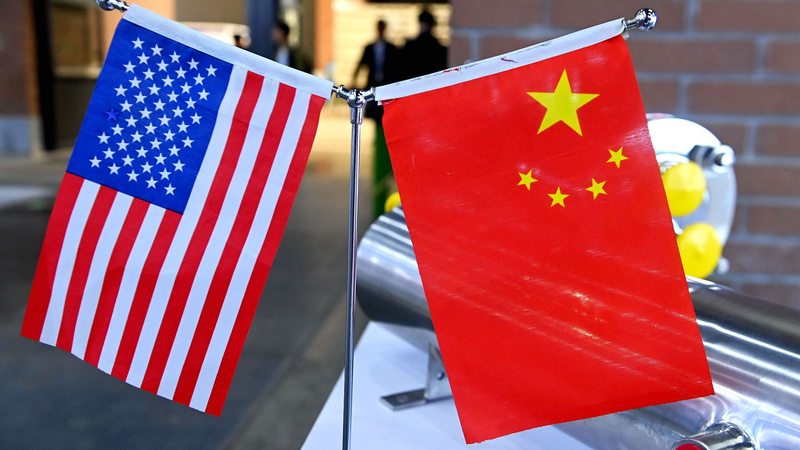Chinese President Xi Jinping and U.S. President Donald Trump held their first face-to-face meeting in six years in Busan, the Republic of Korea, on Thursday, marking a pivotal moment in bilateral diplomacy. The discussions focused on stabilizing relations and expanding economic cooperation, with both leaders emphasizing mutual respect and partnership.
Symbolism of the Meeting
Wu Xinbo, director of Fudan University's Center for American Studies, described the meeting as a 'restart of head-of-state diplomacy.' He noted that Trump's return to the White House and renewed engagement with China reflects a recognition of Beijing's growing influence. 'China is now in a stronger position compared to six years ago,' Wu observed, highlighting evolving dynamics in cross-Pacific relations.
Economic Cooperation as a Cornerstone
President Xi stressed that economic ties should remain an 'anchor' for bilateral relations, advocating for collaborative growth over confrontation. Trump echoed this sentiment, calling China America's 'biggest partner' and emphasizing shared economic potential. Wu interpreted these statements as signaling a shift toward negotiation-based problem-solving, particularly on trade issues.
Path to Stability
While acknowledging historical cycles of enthusiasm and cooling in bilateral talks, Wu suggested current conditions favor stability. He cited China's strategic use of economic measures, including rare earth export controls, as demonstrating its capacity to defend national interests while keeping dialogue channels open.
The meeting concluded with both leaders expressing optimism about future cooperation, though analysts caution that sustained progress will require continued high-level engagement and pragmatic conflict management.
Reference(s):
cgtn.com
